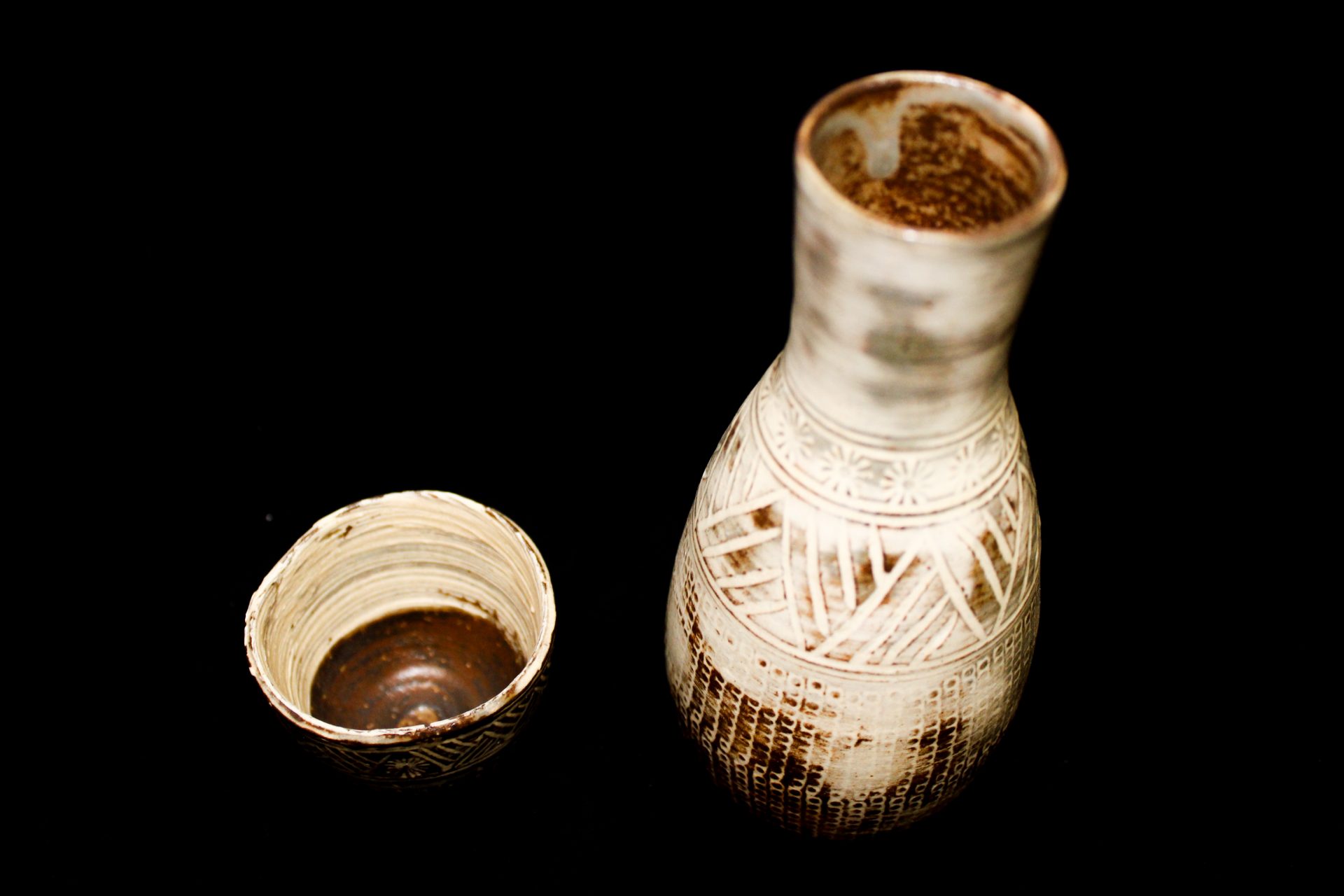

Damascene, or Japanese Inlay, is the handcrafted jewellery design made using parts of gold and silver embedded into a base material such as metal. Toledo in Spain is well known for its steel, however, this is not the only city that is currently still making handcrafted damascene jewels. Kyoto in Japan also has a rich and cultural history for it. History says that the Damascene was practised first by the ancient Egyptians, Greeks and Romans, but it was developed into a high art by the people in Damascus. Before Christ, at least more than 2000 years ago the Moors were close to conquering the entire peninsula of what used to be Spain and brought the Damascene artwork with them so that they could introduce it into Spain and perhaps other Catholic countries. Even before that, the Japanese brought the whole idea of Damascene to Japan from Damascus.
Nowadays it seems like Damascene artwork has disappeared from the Middle East as there is no prominent maker located in that part of the globe. During the Renaissance and Baroque in the years of 1500 to 1750, damascene evolved as an accessory for jewellery and silverware. At this period of time, the large number of cabinets, coffins and jewellery boxes were in high demand, therefore, the Toledo damascene, in particular, became strong during the 19th century. Inlay is one of Japan’s oldest traditional crafts and has a history of over 1000 years. Kyoto’s distinct style of Inlay stands out from the rest as the materials that are used are only the highest quality silver and pure gold. They can be inlayed into boxes creating delicate works of art with beautiful silver and gold detail on jet-black surfaces. The Muromachi period started in the early 14th century until the Edo Period which ended late 19th century, these Kyoto Damascenes were popularly used as ornaments on traditional Japanese swords and armour. More recently, other delicate works such as the damascenes on vase’s became renowned to be produced overseas.
Due to the implementation of the Decree Order in 1876, demands on Damascene for armour had become less. Under the guidance of the new government, it began to deal with new art decorations and intricate accessories. After officially appearing at the Paris World Exhibition in 1878, the damascene was highly appreciated in Europe as many products exported to this part of the world. One of the representative makers, Otojiro Komai, in the Meiji era from 1842 to 1917 became very popular and known to represent a brand called “Komai” in the West of Japan. Inlay originated in Damascus in Syria more than 2,000 years ago and is said to have been transmitted to Japan in the Asuka period, which is the 6th to the 7th centuries. In the Heian period, from the late 8th-12th century, the foundation of technology was established, and during the Edo period, 17th-19th centuries, craftsmen who make swords and armours produced an excellent inlay.
Today in Damascene is still ongoing with the production of these beautiful products hundreds of years later in Kyoto. The two products featured below demonstrate the beauty of this traditional artform still around today, all handmade and available in our online store.













